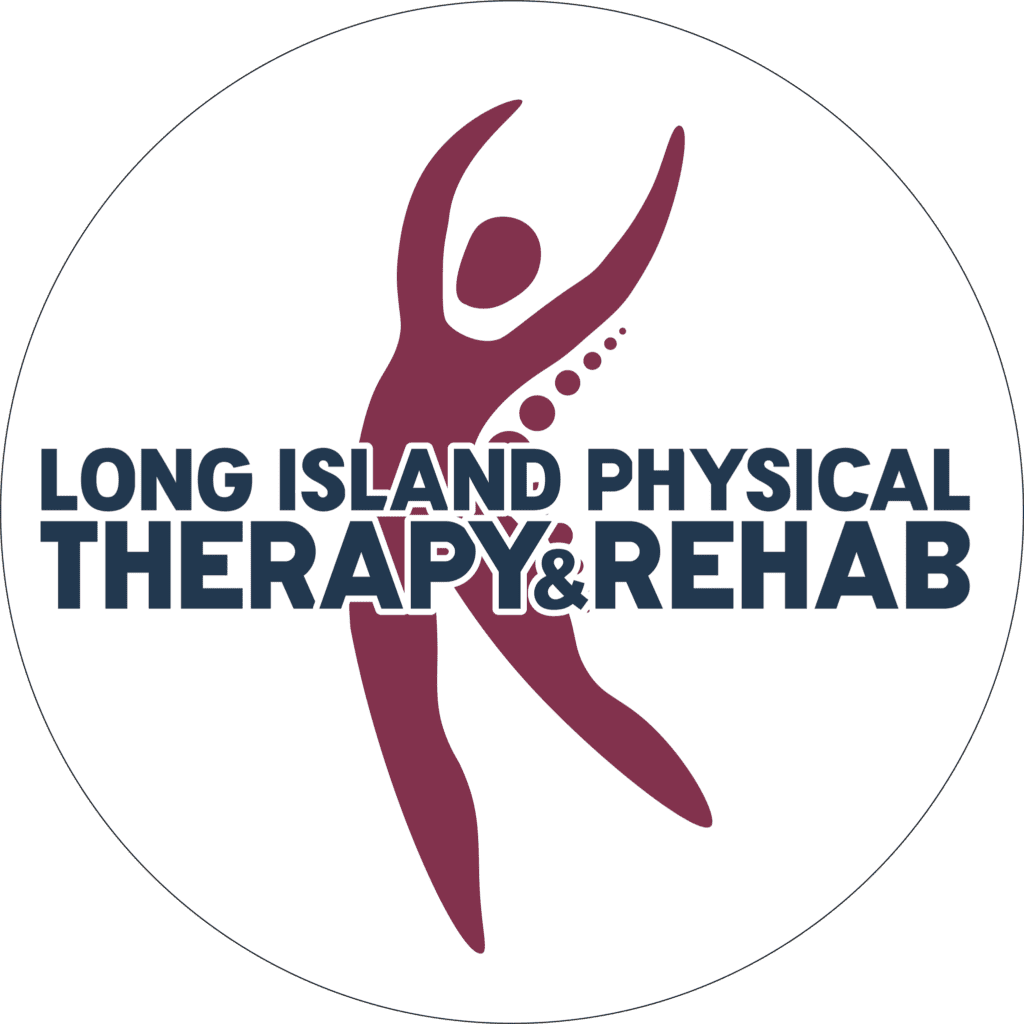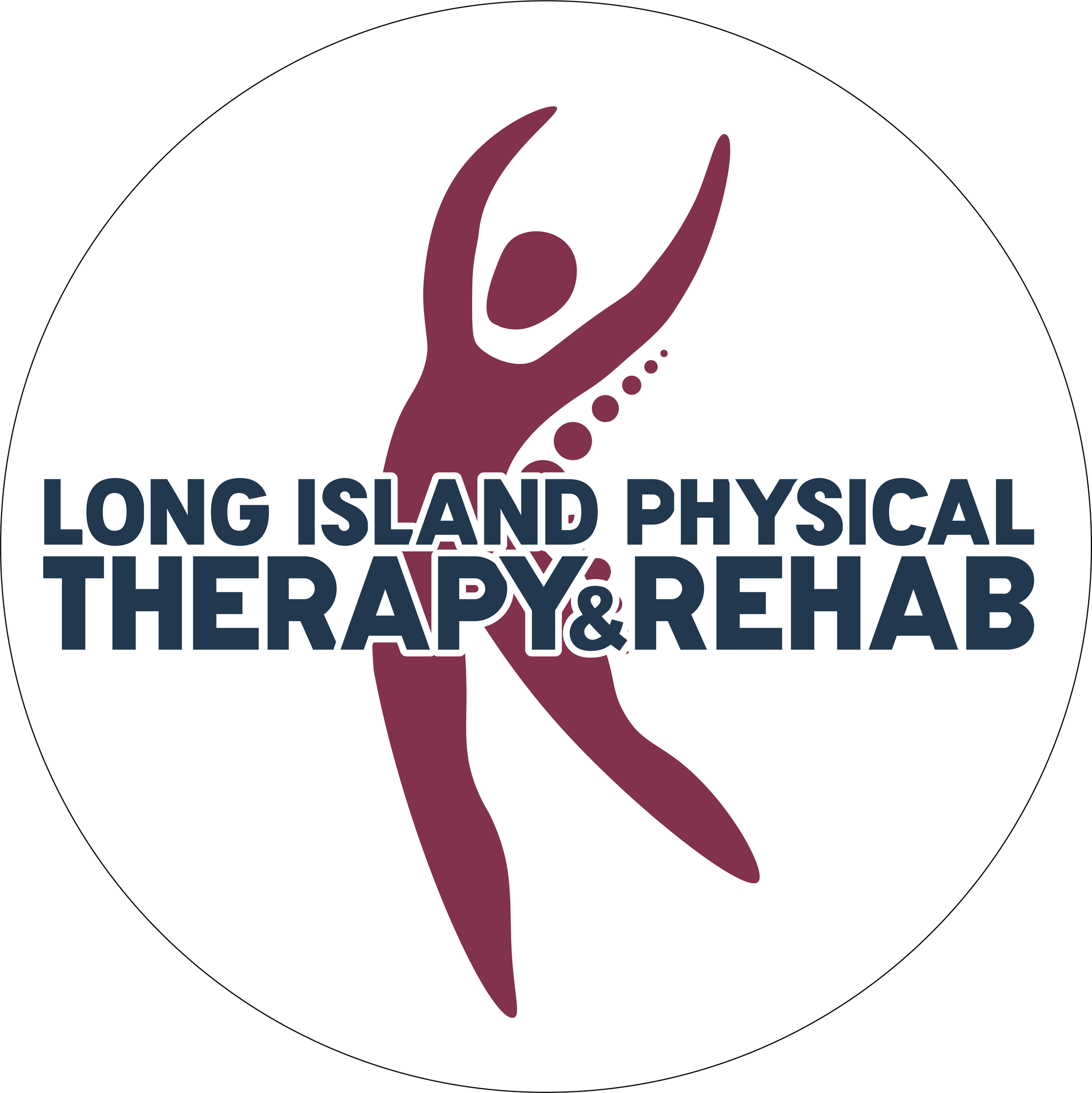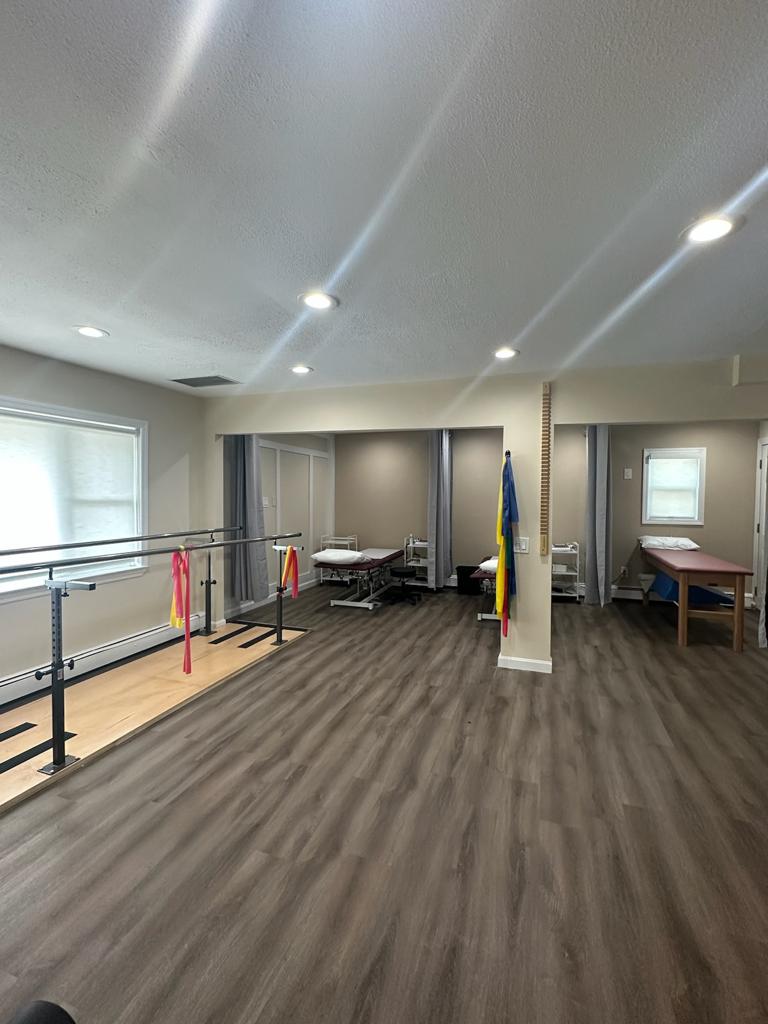Physical therapy is helpful for recovering from injuries, reducing pain, and improving mobility. It involves exercises, hands-on techniques, and special tools to treat specific conditions. A therapist will evaluate your needs and make a personalized plan during a session.
They will guide you through exercises and movements to strengthen muscles, improve flexibility, and restore normal function. The therapist may also use massage, heat, or cold therapy to reduce inflammation and aid healing. Physical therapy can help you manage your condition independently and lead a healthier, more active lifestyle.
Does Physical Therapy Really Work? When you need to go!
Physical therapy works well when you need it! It helps you recover from injuries, manage pain, and improve your physical abilities.
When should you think about going to physical therapy? It’s helpful if you have pain, trouble moving, or difficulty doing your daily tasks because of an injury or medical condition. Whether it’s a twisted ankle, a sore back, or recovering from surgery, a skilled therapist can guide and treat you to get better.
Physical therapy works by employing a variety of techniques tailored to your specific needs. These may include exercises, stretches, manual therapy, vestibular therapy, and modalities like heat or cold therapy. The goal is to lessen discomfort, increase mobility, and regain strength and function.
A physical therapist will evaluate your ailment and provide a custom treatment plan when you come. They will lead you through the methods and exercises to ensure you do them correctly and securely. Their expertise can address the root cause of your pain or limitation, helping you achieve long-lasting results.
Physical therapy doesn’t just focus on the immediate relief of symptoms; it also emphasizes prevention and education. Your physical therapist will teach you techniques to prevent future injuries and manage your condition independently. They will empower you to take control of your health and well-being.

How Does Physical Therapy Work?
Assessment
The physical therapist you see will carefully evaluate your condition. To find the source of your issue, they will check your range of motion, strength, and flexibility, inquire about your medical history, and do specific tests.
Individualized Treatment Plan
After evaluating you, the physical therapist will make a custom treatment plan. It will focus on your goals, like less pain, better movement, or improved function.
Hands-On Techniques
Physical therapists use hands-on techniques to facilitate healing and improve movement. These may include manual therapy, where therapists use their hands to mobilize joints, manipulate soft tissues, and alleviate pain.
Therapeutic Exercises
Physical therapy is largely comprised of exercises. Through a series of exercises, your therapist will show you how to strengthen particular muscles, loosen up, and enhance your balance. They will ensure you perform the exercises correctly and safely.
Modalities
Physical therapy may also incorporate modalities such as heat or cold therapy, electrical stimulation, ultrasound, or laser therapy. These modalities can help reduce pain and inflammation and promote tissue healing.
Education and Lifestyle Modifications
Physical therapists teach patients about their condition, how to move correctly, and ways to avoid future injuries. They offer advice on posture, ergonomics, and lifestyle changes to aid in lasting healing.
Functional Training
Physical therapy emphasizes functional training, which involves practicing movements and activities relevant to your daily life or specific sport. This helps improve your ability to perform tasks safely and effectively.
Pain Management
Physical therapists are skilled in pain management techniques. They employ a variety of approaches to lessen pain and enhance your quality of life, including physical therapy, therapeutic exercises, modalities, and teaching on self-management measures.
Do you want to does physical therapy really hurts? Read about more on “Does Physical Therapy Hurt & What To Do If You Have Hurt?”
Progress Tracking
During physical therapy sessions, your therapist will monitor your progress and adjust your treatment plan. They will periodically evaluate your strength, mobility, and discomfort levels to ensure you are on the proper course.
Patient Empowerment
Getting active in your own recovery via physical therapy is just as important as receiving treatment. Therapists teach patients self-care tips, exercises to do at home, and ways to prevent future problems. This helps you become independent and stay healthy in the long run.
Collaboration with Healthcare Team
Physical therapists work closely with other healthcare professionals, such as doctors, surgeons, and occupational therapists, to provide comprehensive care. They communicate and collaborate to ensure a holistic approach to your treatment.
Long-Term Benefits
Physical therapy aims to provide long-term benefits beyond immediate symptom relief. By addressing the underlying causes of your condition and providing you with the tools and knowledge to maintain your health, physical therapy helps you lead a healthier, more active life.
Physical therapy: Who can benefit?
Physical therapy is beneficial for a wide range of people! If you’re wondering who can benefit from physical therapy, the answer is many individuals. Here’s a look at some groups that can benefit from this effective treatment approach:
- Individuals with Injuries
Physical therapy assists with recovery from injuries like sprains, fractures, or sports-related issues. A therapist helps with exercises and methods to restore strength, movement, and function.
- People with Chronic Pain
Physical therapy relieves individuals with chronic pain conditions like arthritis, fibromyalgia, or lower back pain. Therapists use a combination of exercises, manual therapy, and modalities to manage pain and improve quality of life.
- Post-Surgical Patients
Physical therapy is important after surgery for recovery. Whether it’s joint or spinal surgery, a therapist helps with mobility, reducing scars, and rebuilding strength.
Athletes can use physical therapy to avoid injuries, improve performance, and heal from sports-related issues. Therapists create custom programs focusing on the athlete’s sport-specific muscles and movements.
- Individuals with Neurological Conditions
Physical therapy is effective for individuals with neurological conditions like stroke, Parkinson’s disease, or multiple sclerosis. Therapists focus on improving mobility, balance, coordination, and enhancing overall function.
- Older Adults
Physical therapy particularly benefits older adults with age-related conditions such as osteoporosis, arthritis, or balance problems. It helps them maintain independence, improve strength, and prevent falls.
- Individuals with Work-related Injuries
People with work-related injuries, such as repetitive strain injuries or back pain due to prolonged sitting, can find relief through physical therapy. Therapists provide ergonomic guidance and exercises to manage symptoms and prevent future injuries.
- Pregnant Women
Physical therapy helps pregnant women with back or pelvic pain. Therapists offer exercises and methods to ease discomfort and support well-being during pregnancy.
- Individuals with Respiratory Conditions
Physical therapy helps people with COPD or asthma improve their lung function and endurance. Therapists teach breathing exercises and techniques for respiratory rehabilitation.
- Individuals with Balance and Mobility Issues
Physical therapy can help people with balance and movement impairments, whether musculoskeletal disorders, neurological illnesses, or aging, bring them on. To lower the risk of falls, therapists focus on improving coordination and balance.
What Are the Benefits of Physical Therapy?
Physical therapy offers numerous benefits for individuals of all ages and conditions. Let’s explore the advantages of physical therapy in detail:
- Pain Relief: Through methods like therapeutic exercises, manual treatment, and modalities like heat or cold therapy, physical therapy can help people with pain. It addresses the underlying cause of pain, promoting long-term relief.
- Improved Mobility: Physical therapy focuses on enhancing mobility and restoring function. Therapists work on increasing the range of motion, flexibility, and strength, allowing individuals to move more freely and easily perform daily activities.
- Rehabilitation after Injury or Surgery: Physical therapy is essential for post-injury or post-surgical rehabilitation. It helps individuals regain strength, flexibility, and function, facilitating a faster and more complete recovery.
- Avoidance of Surgery: In some cases, physical therapy can help individuals avoid surgery altogether by effectively managing their condition or injury through conservative treatments. This is particularly true for conditions like back pain, knee injuries, or rotator cuff tears.
- Management of Chronic Conditions: Physical therapy is essential in treating chronic illnesses, including multiple sclerosis, fibromyalgia, and arthritis. It promotes quality of life by reducing pain and assisting in improving function.
- Fall Prevention: Physical therapists design programs to improve balance, strength, and coordination, reducing the risk of falls, particularly among older adults. These programs include exercises and techniques that enhance stability and promote safe mobility.
- Enhanced Sports Performance: Athletes can benefit from physical therapy to optimize their performance and prevent injuries. Physical therapists design customized programs that target specific muscles, improve biomechanics, and enhance overall athletic abilities.
- Recovery from Stroke or Neurological Conditions: To recover from stroke and control neurological diseases like Parkinson’s disease or multiple sclerosis, physical therapy is essential. It focuses on regaining mobility, coordination, and independence.
- Improved Posture and Ergonomics: Physical therapists assess and correct posture imbalances, providing strategies to improve posture during daily activities and work. This helps prevent musculoskeletal pain and enhances overall well-being.
- Pregnancy and Postpartum Care: Physical therapy supports pregnant women, helping manage musculoskeletal discomfort and promoting a healthy pregnancy. It addresses issues like back pain, pelvic floor weakness, and diastasis recti, facilitating postpartum recovery.
- Respiratory Rehabilitation: Physical therapy is important for respiratory rehabilitation for those with illnesses like chronic obstructive pulmonary disease (COPD) or those who have undergone lung surgery recently. Therapists provide breathing exercises and techniques to improve lung function and endurance.
- Education and Self-Management: Physical therapists educate individuals about their condition, providing strategies for self-management, injury prevention, and long-term maintenance. This empowers individuals to participate in their own health and well-being actively.
- Customized Approach: Physical therapy takes a personalized approach, tailoring treatment plans to meet each individual’s specific needs and goals. To deliver optimal care, therapists consider factors like age, condition, lifestyle, and personal preferences.
- Holistic Well-being: Physical therapy focuses on improving overall well-being, not just addressing specific symptoms. Addressing physical limitations, managing pain, and promoting functional independence, contributes to a better quality of life.
- Collaborative Care: To offer complete care, physical therapists collaborate closely with other medical specialists, including physicians, surgeons, and occupational therapists. They communicate and collaborate to ensure a holistic approach to treatment.
FAQs
How long does a physical therapy session typically last?
Sessions with a physical therapist typically take 30 to 60 minutes, depending on your unique needs and treatment strategy.
Will physical therapy be painful?
Physical therapy aims to reduce pain, not cause it. While you may experience discomfort during certain exercises or techniques, your therapist will ensure it remains manageable.
How many physical therapy sessions will I need?
The number of sessions varies based on your condition and progress. Your therapist will create a personalized plan and discuss the expected duration of treatment with you.
Do I need a doctor’s referral to see a physical therapist?
You often don’t need a referral to see a physical therapist. However, checking with your insurance provider to understand their specific requirements is always good.
Can I benefit from physical therapy even if I’m not injured?
Absolutely! Physical therapy offers benefits beyond injury rehabilitation. It can help improve posture, enhance sports performance, manage chronic conditions, and promote overall well-being.
The Bottom Line
Physical therapy helps with healing, mobility, and pain relief. Therapists use exercises, manual techniques, and equipment to create personalized plans. Targeted exercises strengthen muscles, increase flexibility, and restore function.
Techniques like massage, heat, or cold therapy reduce inflammation and aid healing. Physical therapy empowers individuals to manage conditions independently for a healthier lifestyle. Try physical therapy if you seek guidance to recover from an injury or improve your physical well-being. It can make a big difference.



